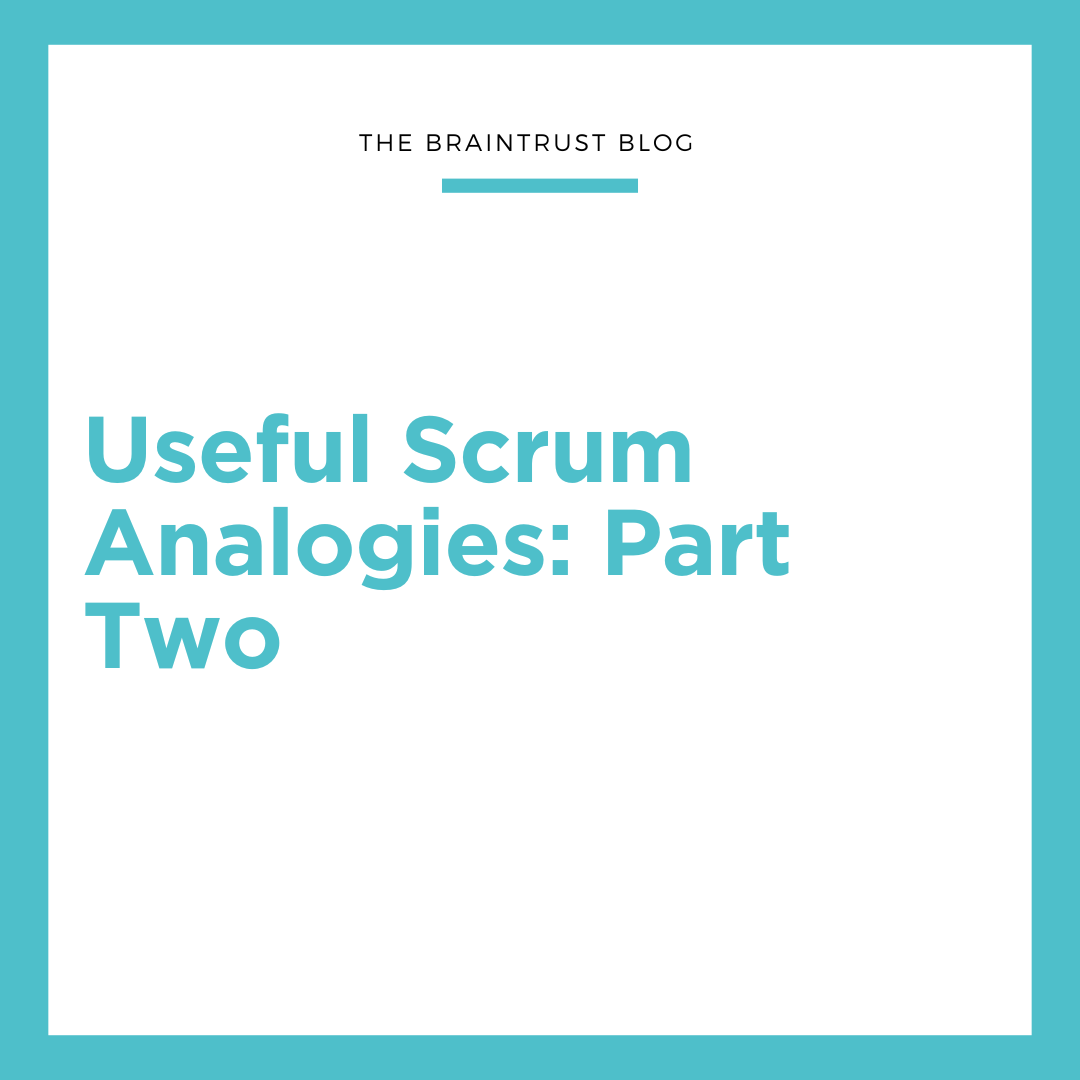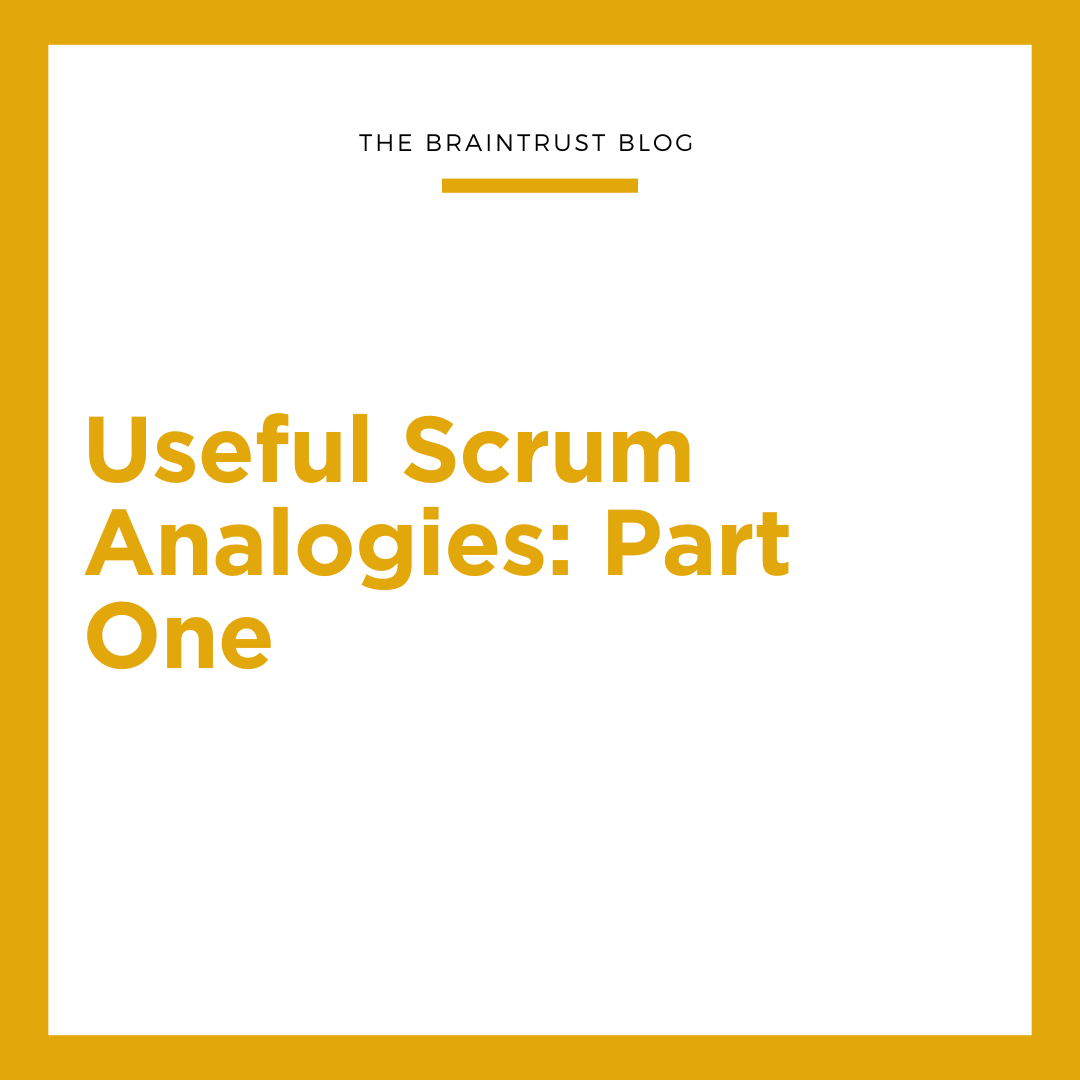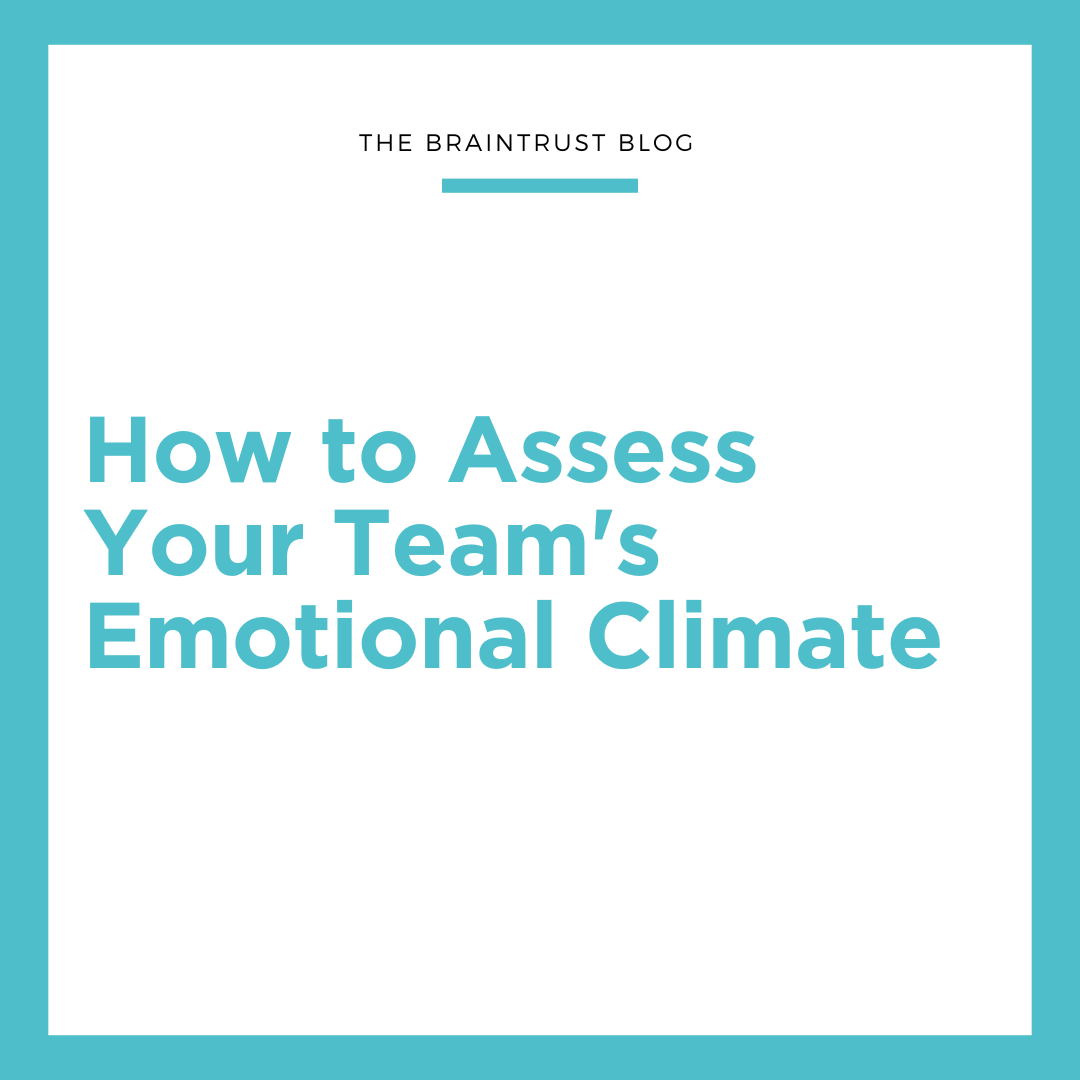“I don’t have time!” he said. I responded, “I cant get anything from you! Schedules, plans, or deliverables.” (10 seconds of silence) “…no matter what I ask you, you become evasive.”
Individuals and interactions over processes and tools
Many professionals have found themselves in evolving careers that progress as technology innovation creates new branches of skills and products. As with any business, so to do relationships and the ability to navigate unique circumstances evolve by engaged participants or those who have resisted adaptability and chosen alternate career paths.
Having been in IT for over 25 years, I have experienced computer virus epidemics, Y2K, and the emergence of countless tech companies whose services have become normal parts of our daily lives.
At this point in my career, I have found myself as an IT executive at a large manufacturing company. Part of my role is to provide IT support and organizational leadership as it relates to the plants. Many of our plants consist of various levels of skilled workers and also host executives with expertise in manufacturing. This combination of multiple professionals with varying backgrounds provides many opportunities for collaboration, however other opportunities for growth through different opinions.
Technology Versus Humans
As an Agilist, it’s easy to have insight into how technology can use Agile principles: ie, inspect, adapt, transparency. Technology is absolute. It is designed to perform in a way that humans program it to be. The goal for technology is to have it execute the same way, every time, without fail. Technology does not have feelings, is extremely process heavy, and can run until another interaction stops it.
People do not act that way. People are not designed to act that way. The value in people is their uniqueness and ability to adapt that allows us to address oncoming challenges in different ways. Ways that technology may not be programmed to—without human interaction. People are our greatest value, however, they can also be our greatest liability. How then to capitalize on people?
My department ran well; myself and the other executives knew how to manage our people. They were our people. We knew the ‘language,’ we know what pressures their roles were under, we knew how to navigate the IT landscape of challenges.
We are not on an island—we also interacted with other departments that knew their employees equally well. Their processes were different, along with their set of challenges and management styles. This presented potential for conflict, in addition to potential for growth.
Examples in the Workplace
One experience, there was an individual from another group who needed IT resource help. He would arbitrarily assign resources out without consulting management. When he was trained to use the proper process, he would then avoid providing necessary timeliness and requirements in order to request processes-instead stating he had his executive authorization.
Our conversation ended in frustration: “I need to get some project updates and a timeline please.” His response: “I will get it to you when it is ready.” I asked again, “What can I do to help you?” He responded again, “I am busy right now, it will be sometime soon.” I asked one more time, “I need to report our progress, can you give me a touchpoint at least?” “I don’t have time!” he said. I responded, “I cant get anything from you! Schedules, plans, or deliverables.” (10 seconds of silence) “…no matter what I ask you, you become evasive.”
After some frustration, I was reacting to him. I learned in Agile Leadership training about my blind spots. One of them being overly analytical. I would think of the process, not the person, thereby missing the valuable insights of what motivates someone and understanding their circumstances. I surmised this may be an opportunity for my growth.
After some discussions between this individual and myself, I learned he was being instructed by above and was new to the company. In one-on-one conversations with others in Agile leadership, I learned that what enables someone to be who they are, authentic, unique and provide their value in a workplace is who they are as a person. The sum of their life experiences. I was faced with a decision, either attempt to make him conform to what I wanted him to be, or learn who he was and support his strengths in achieving the same goal.
Progress
We have made great progress in the months since I have focused on the person. I have adapted to him and he has recognized this. He now attempts to follow our processes but feels confident I will support him. While there is still growth to be had, we now collaborate much more successfully. Others in his group have noticed and have aligned themselves with us.
I intend to find new ways of supporting others and delivering value. It’s not about only following processes, but valuing individuals and interactions over processes and tools.



